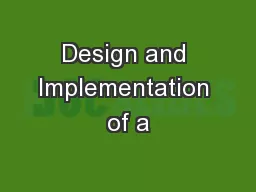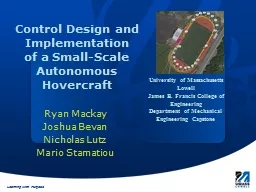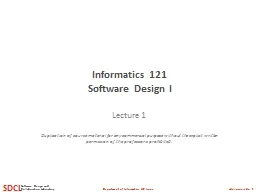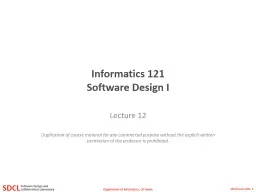PPT-Design and Implementation of a
Author : pasty-toler | Published Date : 2015-09-22
Consolidated Middlebox Architecture 1 Vyas Sekar Sylvia Ratnasamy Michael Reiter Norbert Egi Guangyu Shi Need for Network Evolution 2 New devices New applications
Presentation Embed Code
Download Presentation
Download Presentation The PPT/PDF document "Design and Implementation of a" is the property of its rightful owner. Permission is granted to download and print the materials on this website for personal, non-commercial use only, and to display it on your personal computer provided you do not modify the materials and that you retain all copyright notices contained in the materials. By downloading content from our website, you accept the terms of this agreement.
Design and Implementation of a: Transcript
Download Rules Of Document
"Design and Implementation of a"The content belongs to its owner. You may download and print it for personal use, without modification, and keep all copyright notices. By downloading, you agree to these terms.
Related Documents














